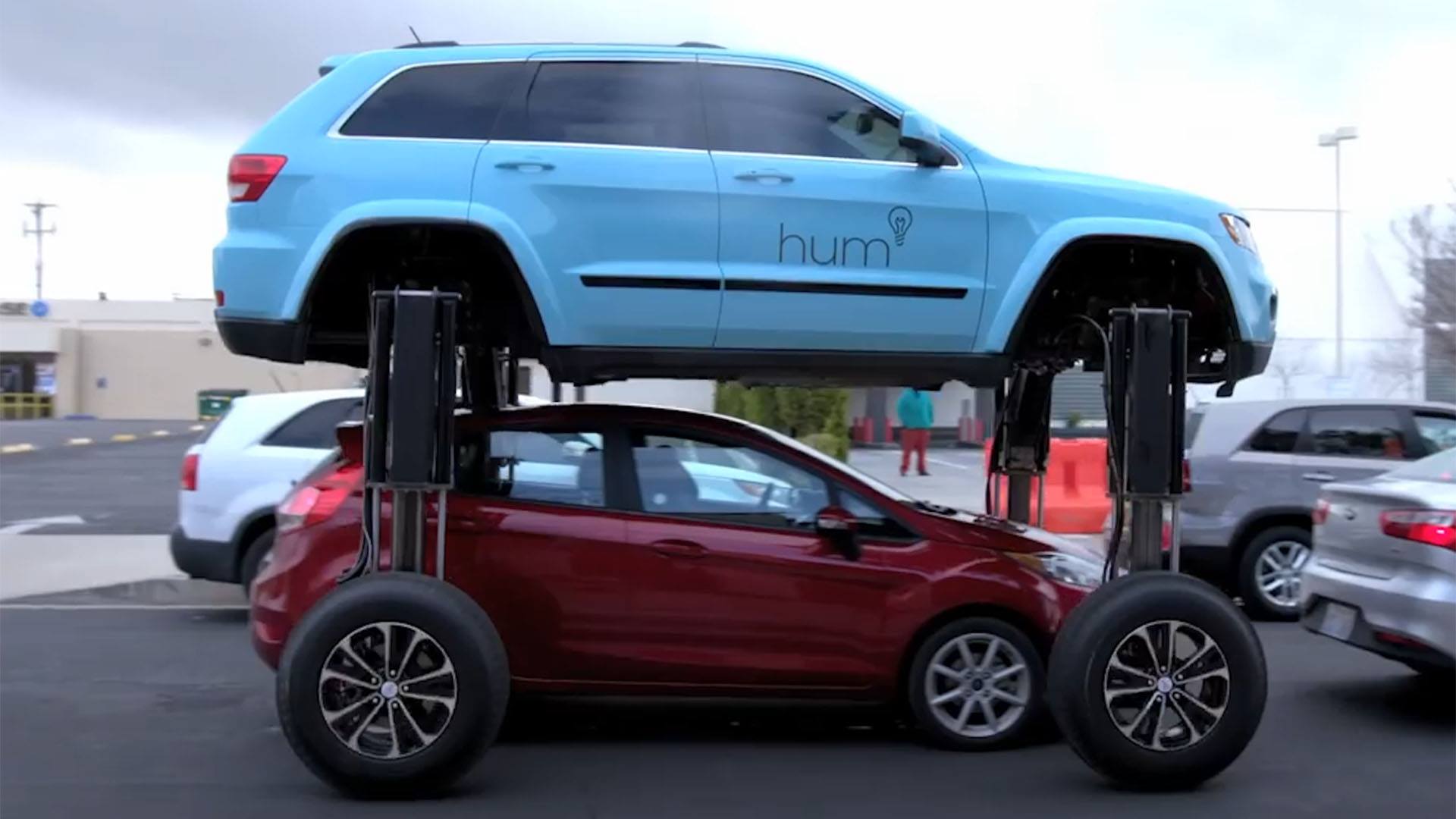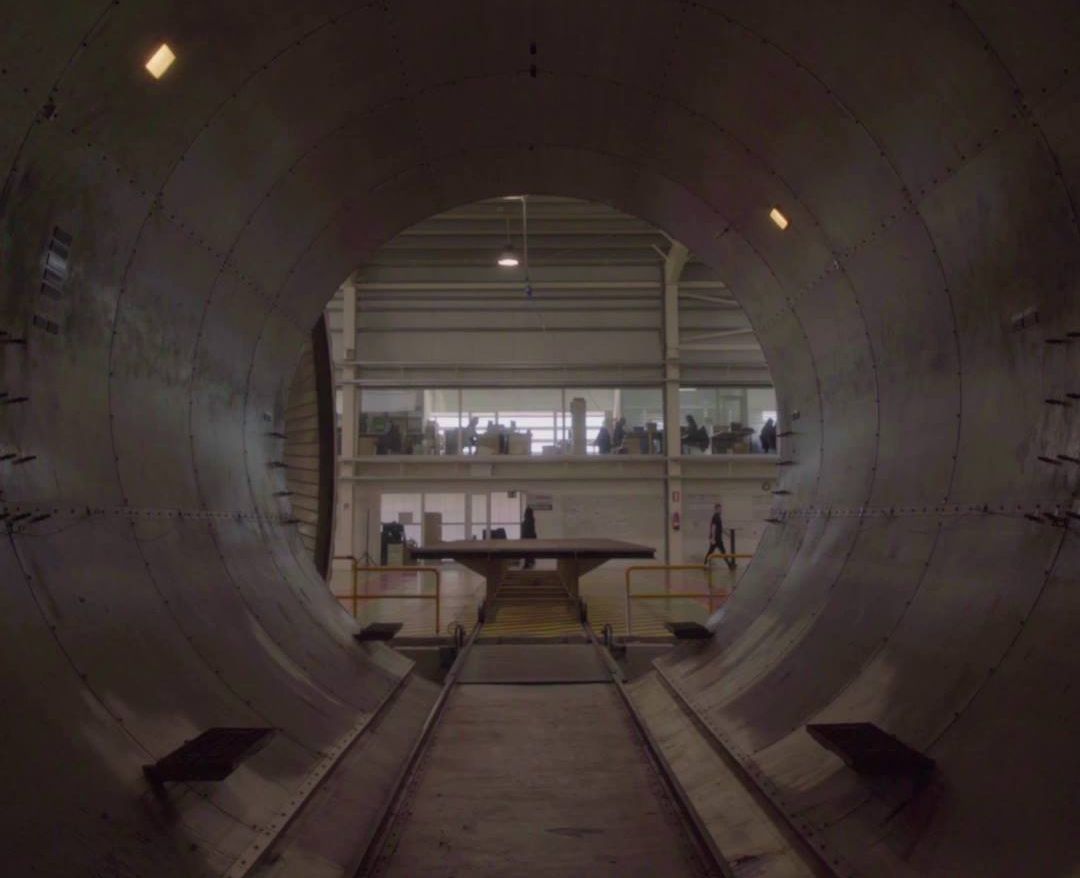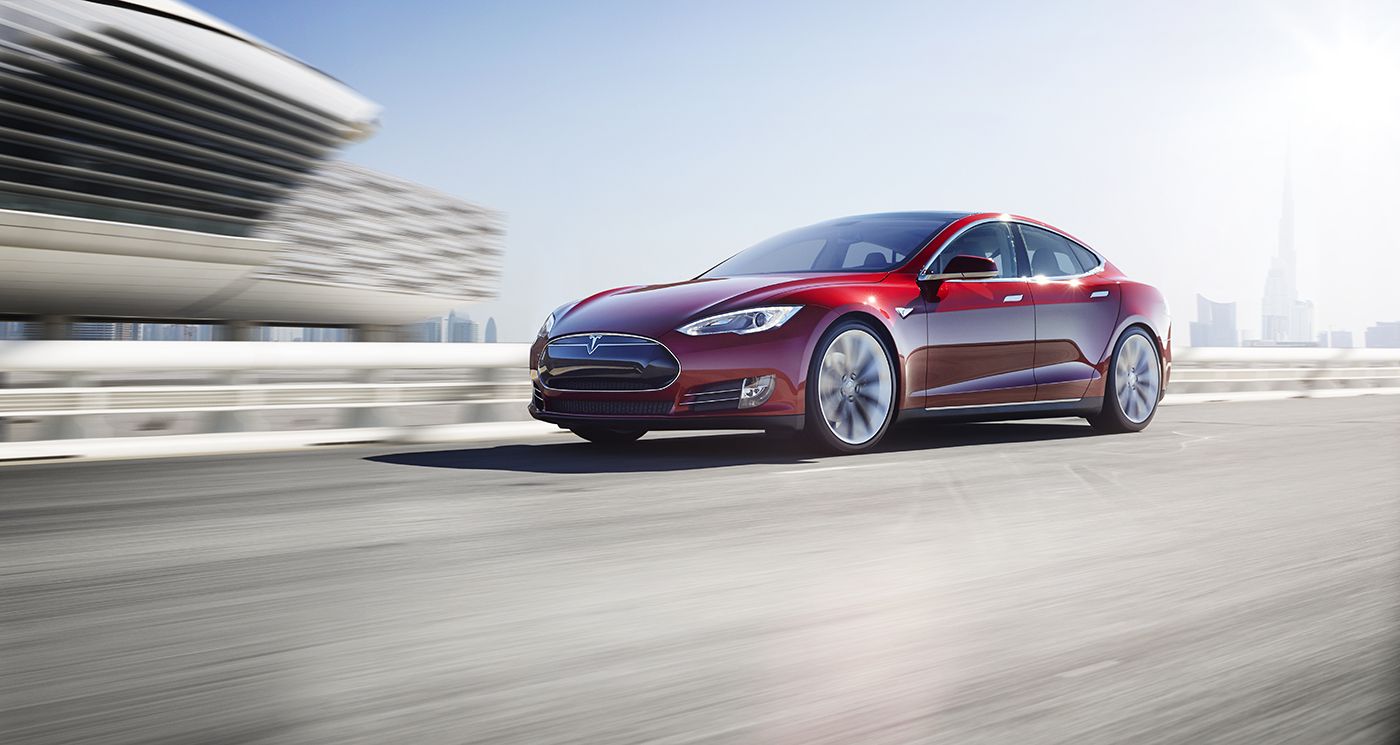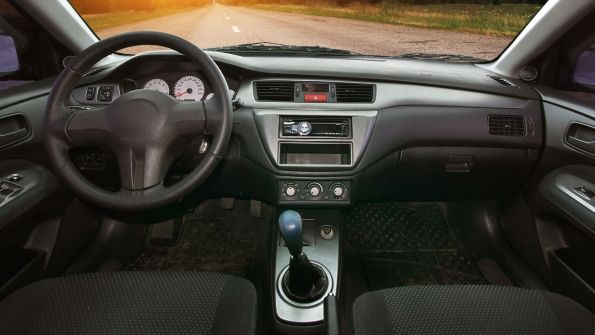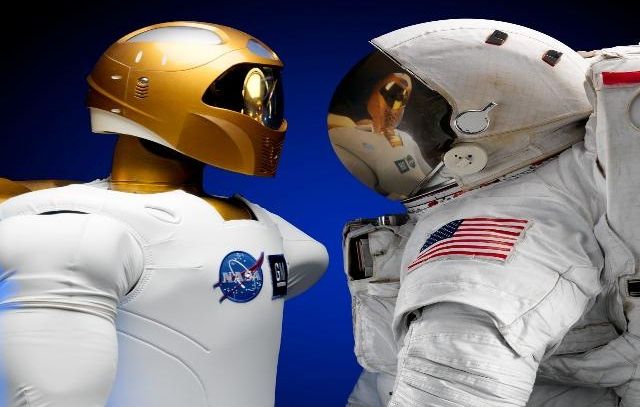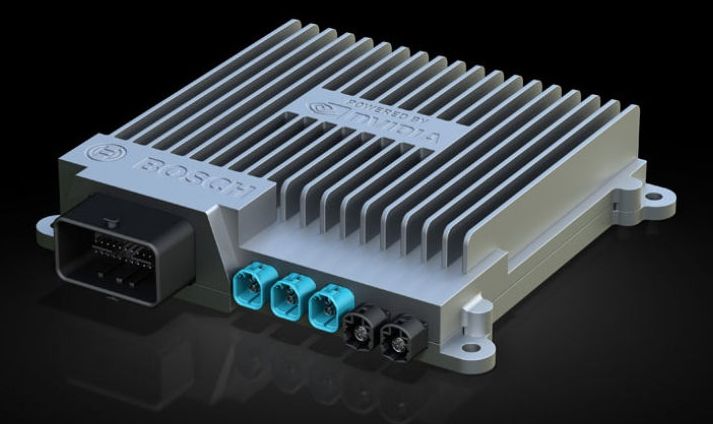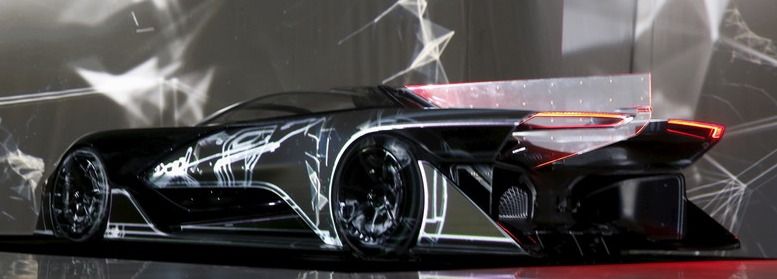Archive for the ‘transportation’ category: Page 517
Mar 25, 2017
Hyperloop starts building a passenger capsule
Posted by Shailesh Prasad in category: transportation
Mar 21, 2017
Where we’re going, we don’t need roads
Posted by Alireza Mokri in categories: robotics/AI, supercomputing, sustainability, transportation
I can conceive that in saner circumstances, Tesla Model X might never have come to be. But the strongest blades are forged in the hottest fires, and for those that survive the heat, something very special is born.
Model X is special in a way that the automotive industry hasn’t been able to conceive in a very long time. It is an all-electric SUV that can seat up to seven people with bucketloads of cargo space to spare. It is a sporty all-wheel drive car that can throw instant and ungodly amounts of torque at the tarmac. It is a serene cruiser with its silent drive and breathtaking panoramic windshield. It is, in essence, an eight-eyed falcon with a supercomputer brain that dreams of a future of fully autonomous driving. And I had to have it.
As a Model S owner, I had already experienced and enjoyed more than a year of zero emissions Tesla driving. I knew what great things the car was capable of. I’d felt the thrill of instant torque, I’d fallen in love with the one-foot, regenerative braking driving experience, and I’d been chauffeured up and down the M1 by my very own Autopilot. Where the Model S presented itself as an all electric car — a subtle statement and proof of concept about a future of green but powerful motoring, Model X presented itself as a bold vision for what a car could be, if its only blueprint were imagination.
Mar 21, 2017
Say hello to Waymo (audio-described)
Posted by Alireza Mokri in categories: robotics/AI, transportation
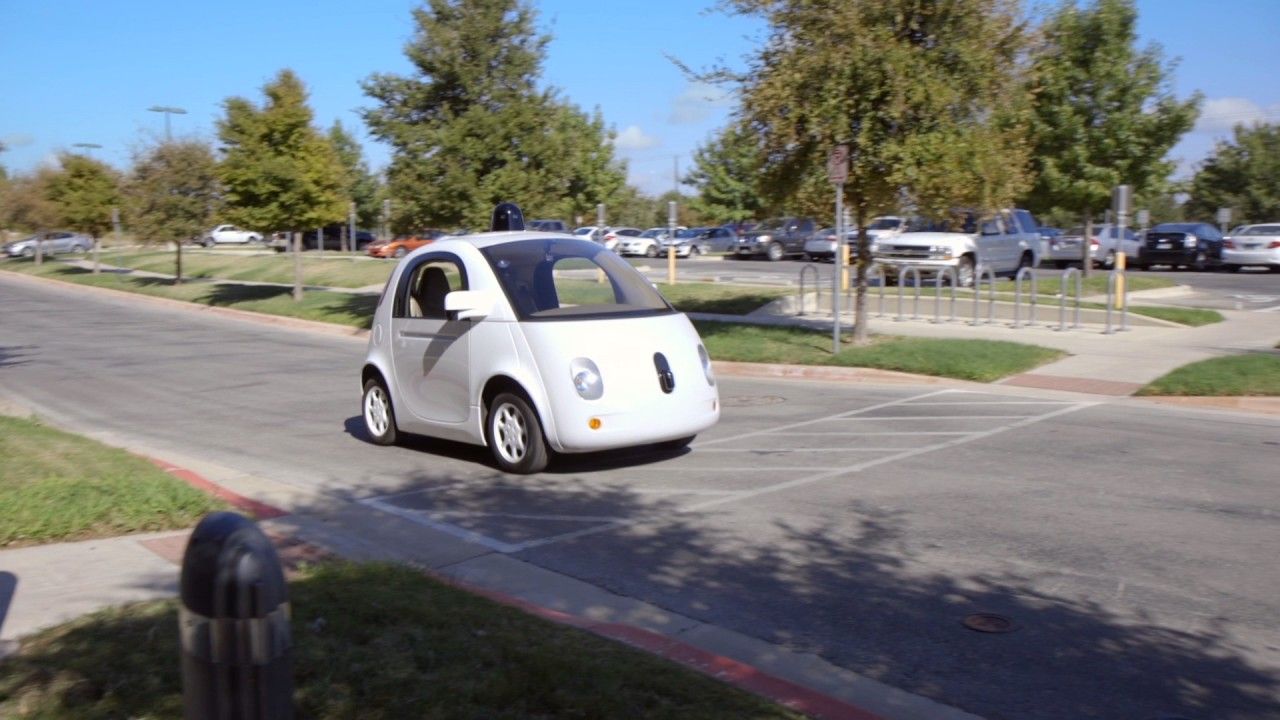
This video is audio described for the visually-impaired. The original version can be found here: https://youtu.be/uHbMt6WDhQ8
Waymo—formerly the Google self-driving car project—stands for a new way forward in mobility. In 2015, we invited Steve Mahan, former CEO of the Santa Clara Valley Blind Center, for a special ride. Steve had ridden in our cars in the past—first accompanied by a test driver in 2012 and then on a closed course in 2014. This time was different. Steve experienced the world’s first fully self-driving ride on public roads, navigating through everyday traffic with no steering wheel, no pedals, and no test driver. See highlights of Steve’s ride: https://youtu.be/ArYTxDZzQOM
Mar 21, 2017
Software Tools Target ADASs and Self-Driving Cars
Posted by Roman Mednitzer in categories: robotics/AI, transportation
More applications are requiring ISO 26262 and IEC 61508 functional safety certification—such as ADAS and self-driving cars—and software tools are following suit.
Mar 19, 2017
Artificial Intelligence: Removing The Human From Fintech
Posted by Alireza Mokri in categories: business, economics, finance, government, robotics/AI, transportation
As I’m sure many in the technology industry have thought today, there should have been a way to avoid the Oscars Envelopegate. But, is artificial intelligence the answer to all of our human error problems? A recent Accenture report found that the introduction and further development of AI could boost labor productivity by 40% by 2035. It seems as if banks have already picked up on this, as was seen last year with RBS’ replacement of human employees with automated services. News announced this week also suggests that artificial intelligence will become a central part of anything a technology organisation will do in the future. Will we see the same in the financial technology sector?
The relationship between man and machine is expected to be the naissance of a type of work that could potentially double annual economic growth, according to Accenture. Chief technology officer Paul Daugherty highlighted that “AI is poised to transform business in ways we’ve not seen since the impact of computer technology in the late 20th century.” He went on to explain in the report that artificial intelligence, with the help of cloud computing and analytics, is already starting to change the way that people work.
The weekend saw the UK government announce that they are planning to launch a review into the value of robotics in the country’s aim to become world technology leader. £17.3 million would be invested into university research of AI technologies such as Apple’s Siri, Amazon’s Alexa and driverless cars, as reported by The Independent. The article also drew from the Accenture report and said that artificial intelligence could add around £654 billion to the UK economy.
Continue reading “Artificial Intelligence: Removing The Human From Fintech” »
Mar 18, 2017
Roadblocks to Autonomous Vehicle Safety
Posted by Dan Kummer in categories: robotics/AI, transportation
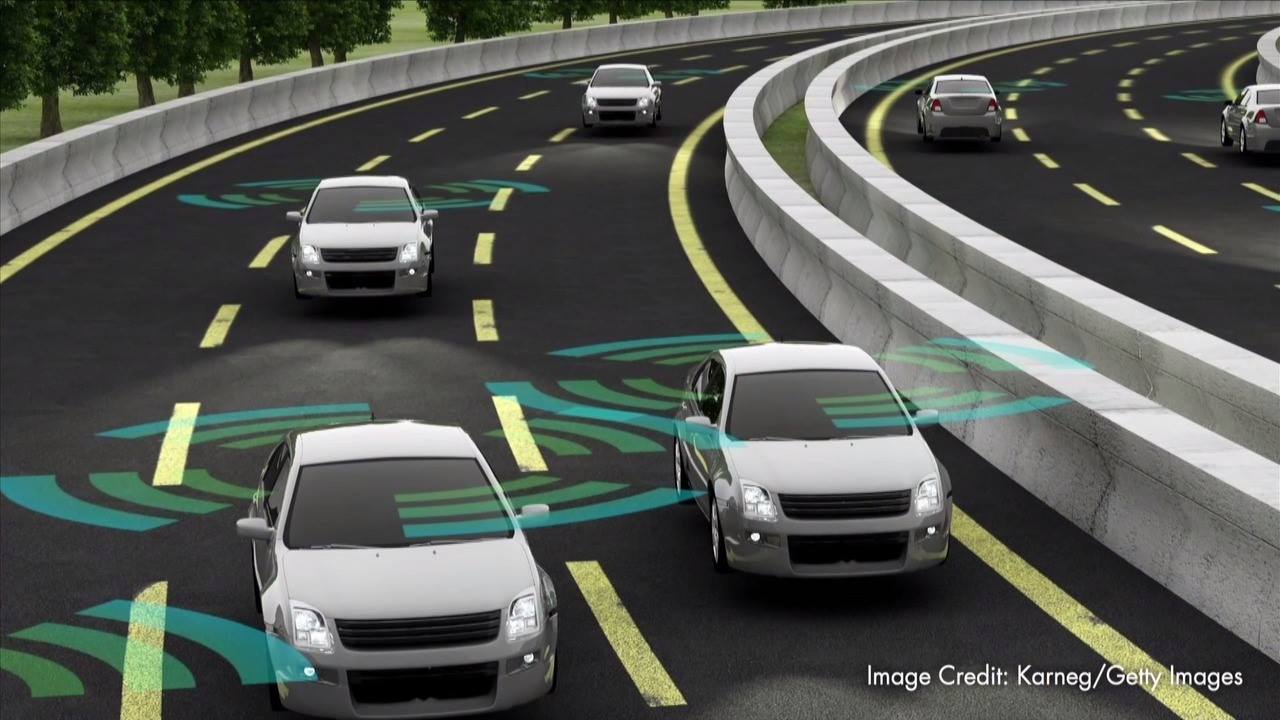
It’s not practical to test drive autonomous vehicles enough to prove that they are safe, says RAND’s Nidhi Kalra. What barriers must be overcome to get self-driving cars safely on the streets? r.rand.org/3umk
Mar 18, 2017
Israeli tech firms revving up engines for self-driving cars
Posted by Dan Kummer in categories: cybercrime/malcode, robotics/AI, transportation
JERUSALEM (AP) — As the world moves toward an era of self-driving cars, Israel is positioning itself to be the Detroit of the future.
The country has emerged as a global leader in the fast-growing field of driverless cars, as illustrated by Intel’s more than $15 billion acquisition of Israeli firm Mobileye this week.
Israel is now home to hundreds of startups that provide everything from sensors to cybersecurity to data collection for autonomous vehicles, putting it alongside Silicon Valley at the forefront of an industry that many expect to take off over the next decade.
Mar 17, 2017
NVIDIA and Bosch team up for AI-powered autonomous cars
Posted by Shailesh Prasad in categories: robotics/AI, transportation
NVIDIA lined up quite a few partners at CES this year, including Audi and Mercedes, to use its powerful upcoming Xavier chip in autonomous vehicles. But days ago, Intel bought MobilEye for $15 billion to develop self-driving software and hardware to use across auto brands. To compete, automotive supplier Bosch announced a partnership today with the graphics chip maker to collaborate on an AI-powered self-driving computer intended for mass-market cars.
MobilEye corners about 70 percent of the market to supply integrated cameras, chips and software for advanced driver assistance systems (ADAS). As Bosch directly competes with the company, the NVIDIA partnership is a deeper commitment to continue building their tech in-house. The graphics chip maker introduced its upcoming Xavier processor to power the self-driving systems of tomorrow back at CES, but partnering with the automotive component giant can help get the chip into automakers’ cars at scale. The companies are aiming to release their self-driving computer system in 2020, according to Reuters.
Mar 15, 2017
Blockchain can dramatically reduce pollution and traffic jams
Posted by Philip Raymond in categories: bitcoin, cryptocurrencies, Elon Musk, energy, environmental, futurism, sustainability, transportation
The World Economic Forum has posted an article that hints at something that I have also suggested. (I am not taking credit. Others have suggested the idea too…But advancing tech and credible, continued visibility may help us to finally be taken seriously!)
I am not referring to purchasing and retiring carbon credits. I like that idea too. But here is a blockchain idea that can enable fleets of autonomous, shared, electric vehicles. Benefits to individuals and to society are numerous.
The future is just around the corner. Non-coin applications of the blockchain will support many great things. Goodbye car ownership. Hello clean air! The future of personal transportation.
Continue reading “Blockchain can dramatically reduce pollution and traffic jams” »
